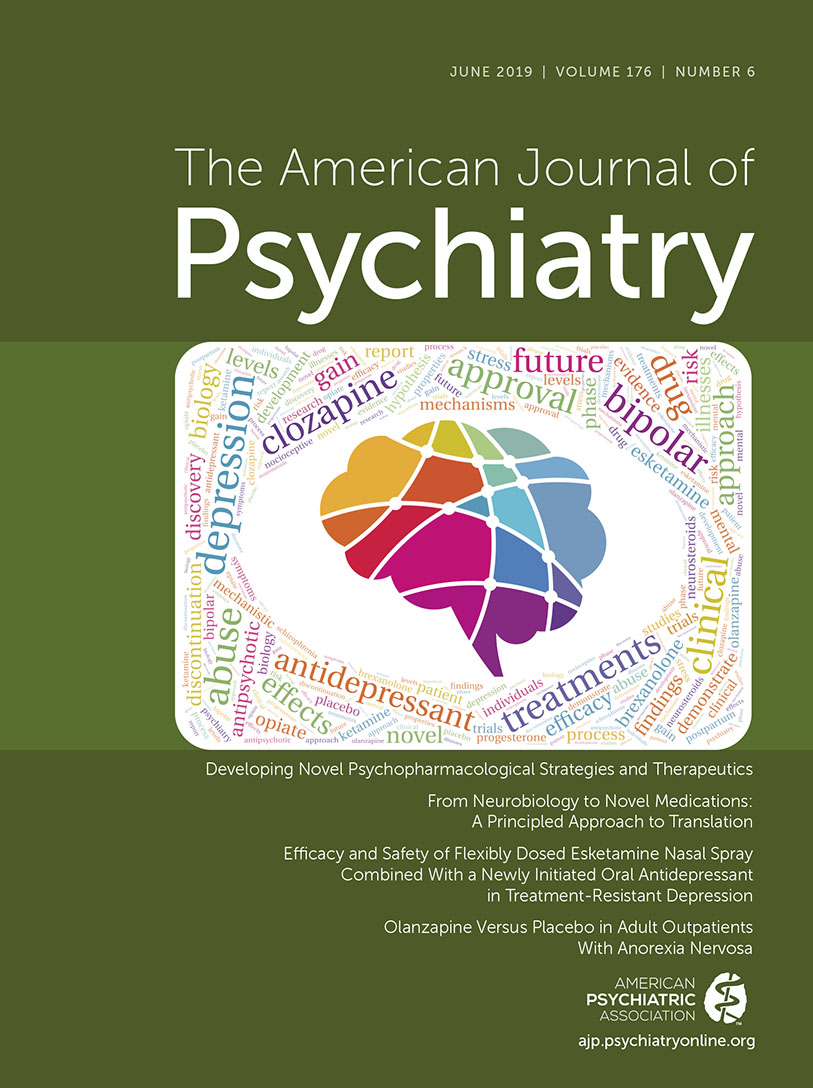Abstract
Objective:
About one-third of patients with depression fail to achieve remission despite treatment with multiple antidepressants. This study compared the efficacy and safety of switching patients with treatment-resistant depression from an ineffective antidepressant to flexibly dosed esketamine nasal spray plus a newly initiated antidepressant or to a newly initiated antidepressant (active comparator) plus placebo nasal spray.
Methods:
This was a phase 3, double-blind, active-controlled, multicenter study conducted at 39 outpatient referral centers. The study enrolled adults with moderate to severe nonpsychotic depression and a history of nonresponse to at least two antidepressants in the current episode, with one antidepressant assessed prospectively. Confirmed nonresponders were randomly assigned to treatment with esketamine nasal spray (56 or 84 mg twice weekly) and an antidepressant or antidepressant and placebo nasal spray. The primary efficacy endpoint, change from baseline to day 28 in Montgomery-Åsberg Depression Rating Scale (MADRS) score, was assessed by a mixed-effects model using repeated measures.
Results:
Of 435 patients screened, 227 underwent randomization and 197 completed the 28-day double-blind treatment phase. Change in MADRS score with esketamine plus antidepressant was significantly greater than with antidepressant plus placebo at day 28 (difference of least square means=−4.0, SE=1.69, 95% CI=−7.31, −0.64); likewise, clinically meaningful improvement was observed in the esketamine plus antidepressant arm at earlier time points. The five most common adverse events (dissociation, nausea, vertigo, dysgeusia, and dizziness) all were observed more frequently in the esketamine plus antidepressant arm than in the antidepressant plus placebo arm; 7% and 0.9% of patients in the respective treatment groups discontinued study drug because of an adverse event. Adverse events in the esketamine plus antidepressant arm generally appeared shortly after dosing and resolved by 1.5 hours after dosing.
Conclusions:
Current treatment options for treatment-resistant depression have considerable limitations in terms of efficacy and patient acceptability. Esketamine is expected to address an unmet medical need in this population through its novel mechanism of action and rapid onset of antidepressant efficacy. The study supports the efficacy and safety of esketamine nasal spray as a rapidly acting antidepressant for patients with treatment-resistant depression.




